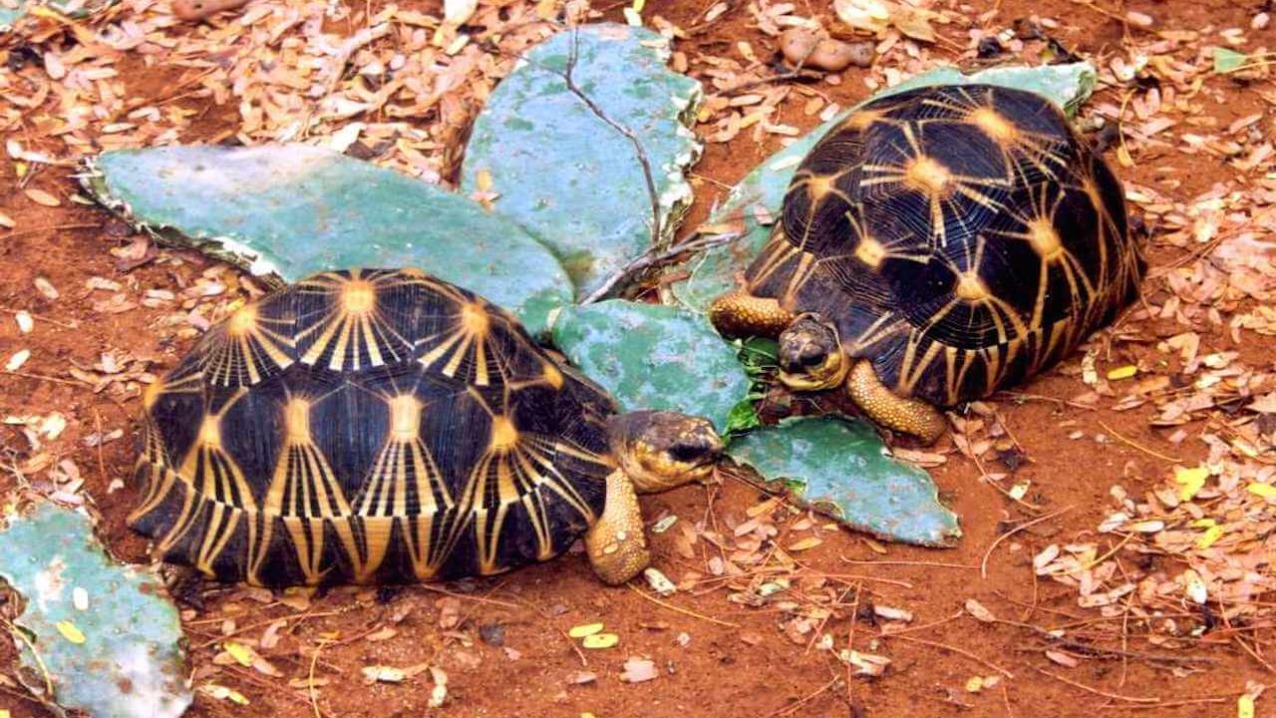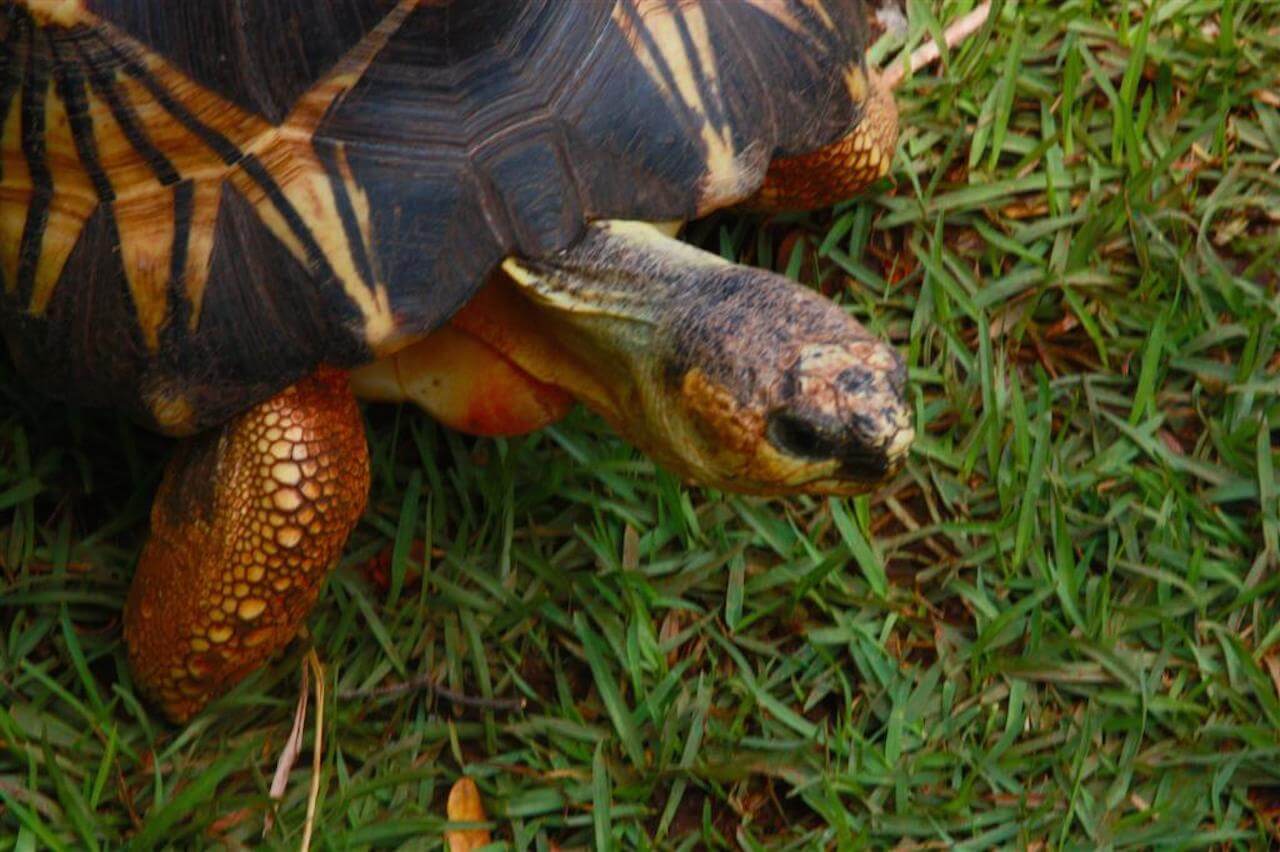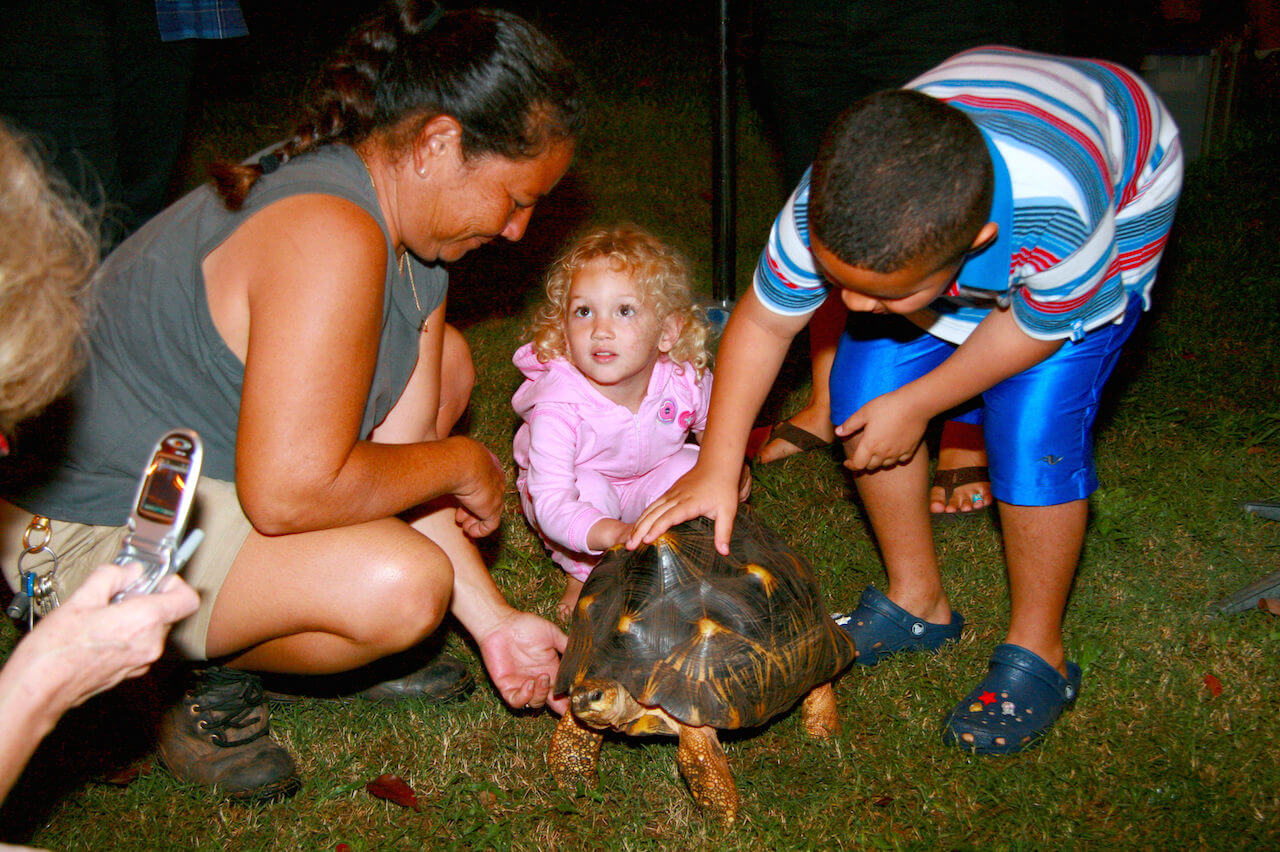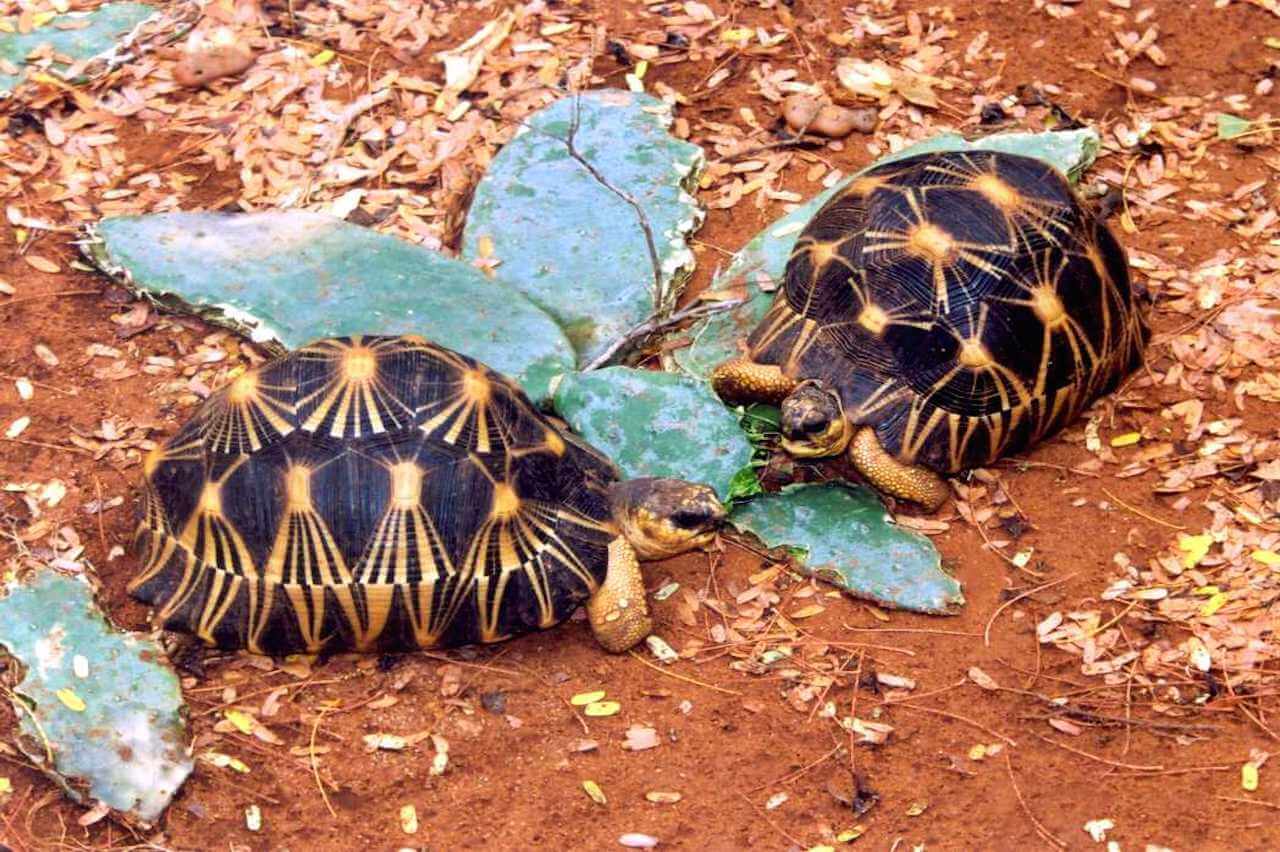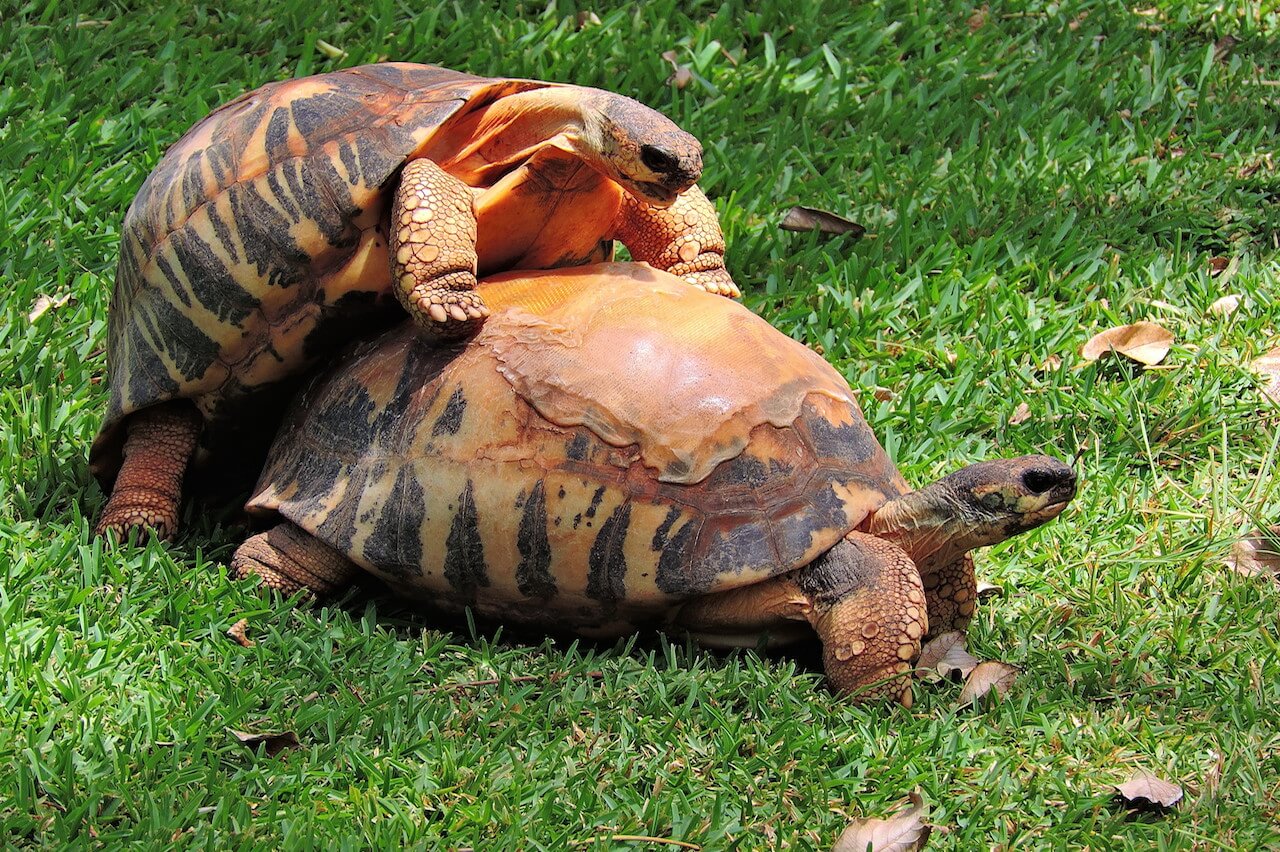astrochelys radiata
Radiated Tortoise
About Me
Scientific Name: Astrochelys radiata
Description
These animals have the standard tortoise build of thick, stocky legs, a domed shell, and a blunt snout. What sets them apart however, are the beautiful star patterns on their shells. Starting from the center of each black shell plate, multiple lines of gold-yellow radiate outwards to make a starburst pattern, earning the Radiated Tortoise not only its name, but its reputation as one of the most beautiful tortoises in the world.
Fun Facts
- As grazing makes up 80-90% of their diet, these tortoises are most often seen wandering around in search of food.
- As reptiles, they take full advantage of the sun to warm up in the mornings, and seek shade to keep cool when temperatures rise.
- Kingdom: Animalia
- Phylum: Chordata
- Class: Sauropsida
- Order: Testudines
These animals have the standard tortoise build of thick, stocky legs, a domed shell, and a blunt snout. What sets them apart however, are the beautiful star patterns on their shells. Starting from the center of each black shell plate, multiple lines of gold-yellow radiate outwards to make a starburst pattern, earning the Radiated Tortoise not only its name, but its reputation as one of the most beautiful tortoises in the world.
Radiated Tortoises are herbivores and feed primarily on grasses, succulents, and fruit. A particular favorite for wild tortoises is the Opuntia plant.
In the wild, this reptile is relegated to the extreme south and south-western portions of Madagascar. In recent times, they have also been introduced to the nearby island of Reunion.
As grazing makes up 80-90% of their diet, these tortoises are most often seen wandering around in search of food. As reptiles, they take full advantage of the sun to warm up in the mornings, and seek shade to keep cool when temperatures rise.
Males do not reach maturity until they are a foot in length and females must grow even larger. To signal their intent, males will often call and bob their heads to get the female’s attention.
After mating, females dig holes 6-8 inches deep and lay anywhere from 3-12 eggs. After 145 to 231 days, the eggs hatch. Hatchlings are white or off-white in color with more flat shells that take on their domed shape soon after hatching.
Radiated Tortoises are Critically Endangered. Their limited range, combined with a slow reproductive rate, has left them especially vulnerable to habitat loss and overharvest for both food and the exotic pet trade.
Our Radiated Tortoise population currently consists of six males, two females, and a single juvenile. The Honolulu Zoo is proud to successfully breed these tortoises in captivity as part of an international effort to conserve and one day, reintroduce this species.
Other Reptiles
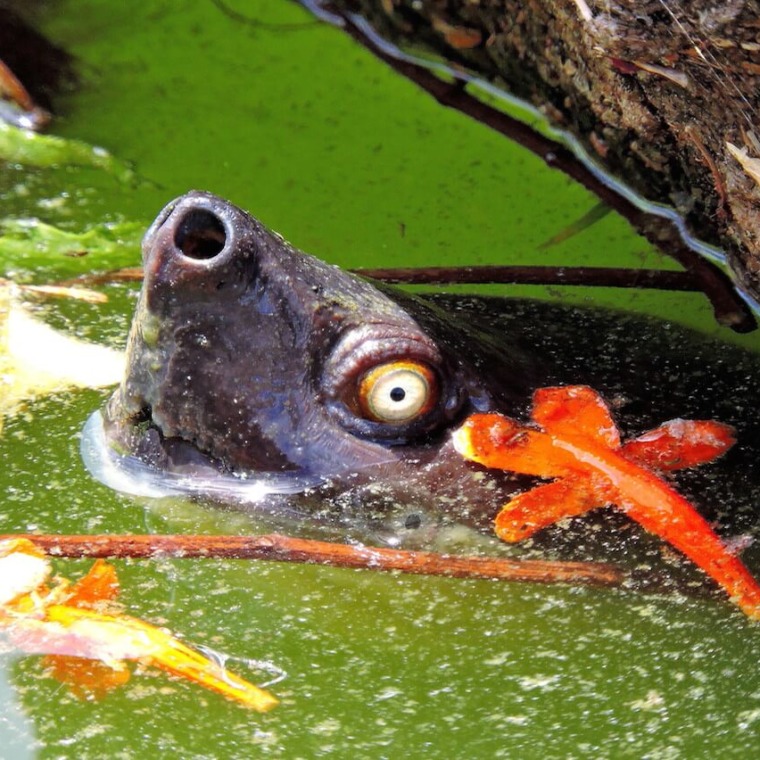
The last populations of Tutong are found in India, Indonesia, Bangaladesh, and Malaysia. It is extinct in its former range of Thailand, Myanmar, Vietnam, and Singapore.
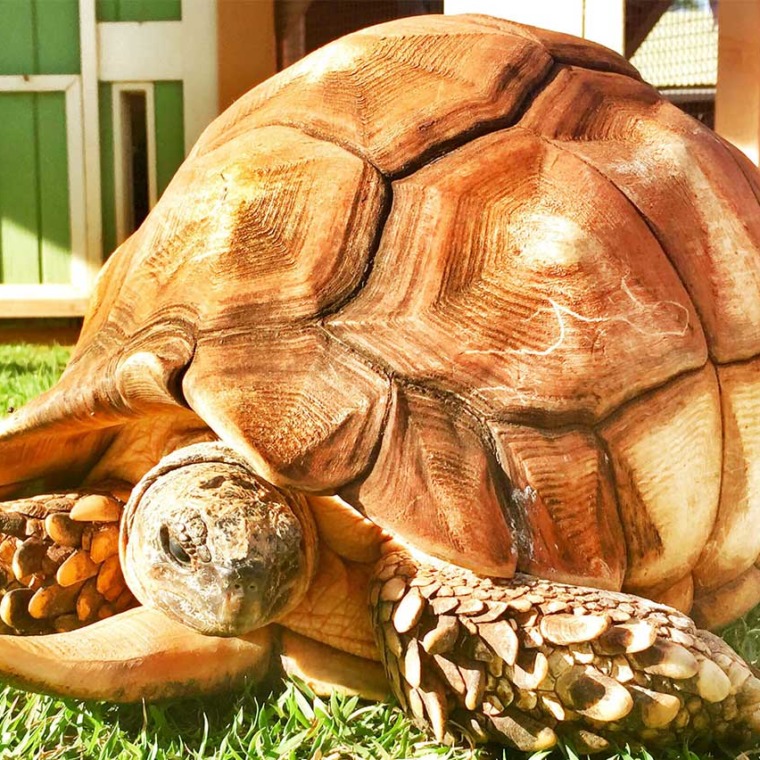
Inactive during cool, dry season (May to October). Does not dig burrows. Seeks protection in thickets and seeks shelter in surface litter. Forages during morning and late afternoon.
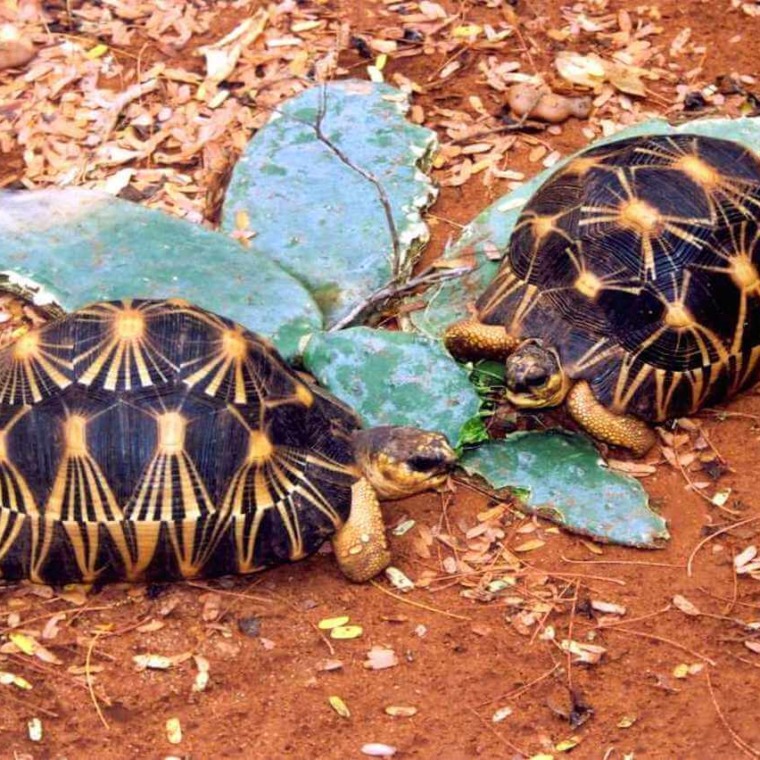
In the wild, this reptile is relegated to the extreme south and south-western portions of Madagascar. In recent times, they have also been introduced to the nearby island of Reunion.
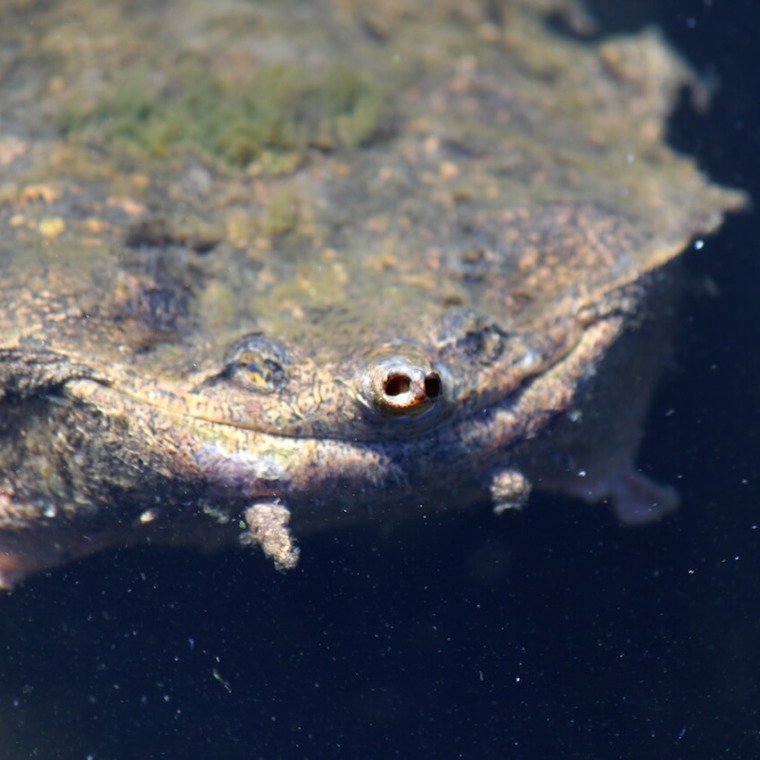
This species inhabits stagnant pools in Brazil and the Guianas and also in parts of the Amazon River and in Trinidad.
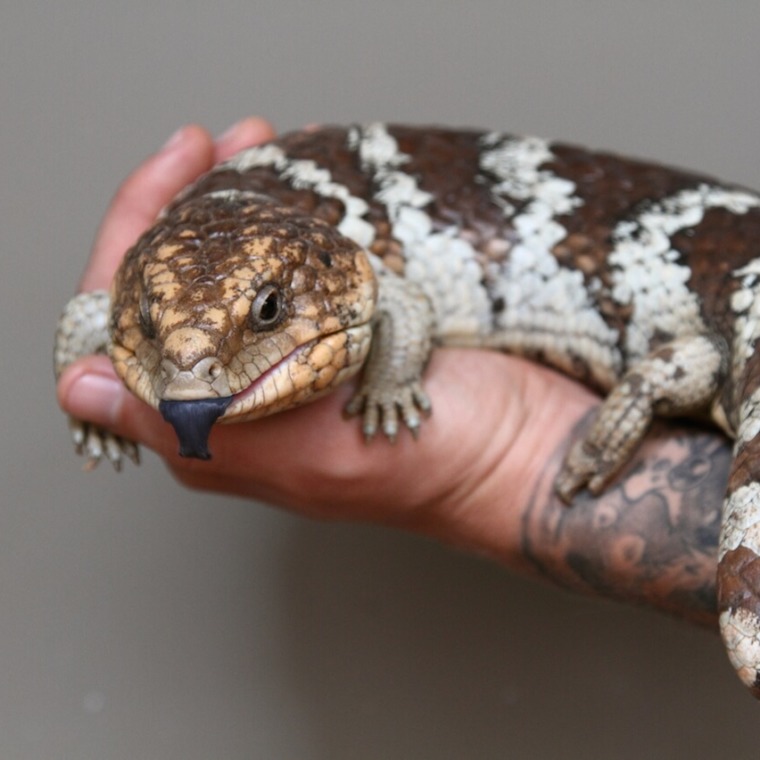
The Shingleback skink is found in southern and western Australia, in desert grassland areas or sandy dunes. Skinks are shy and secretive and seldom stray far from their shelter.


